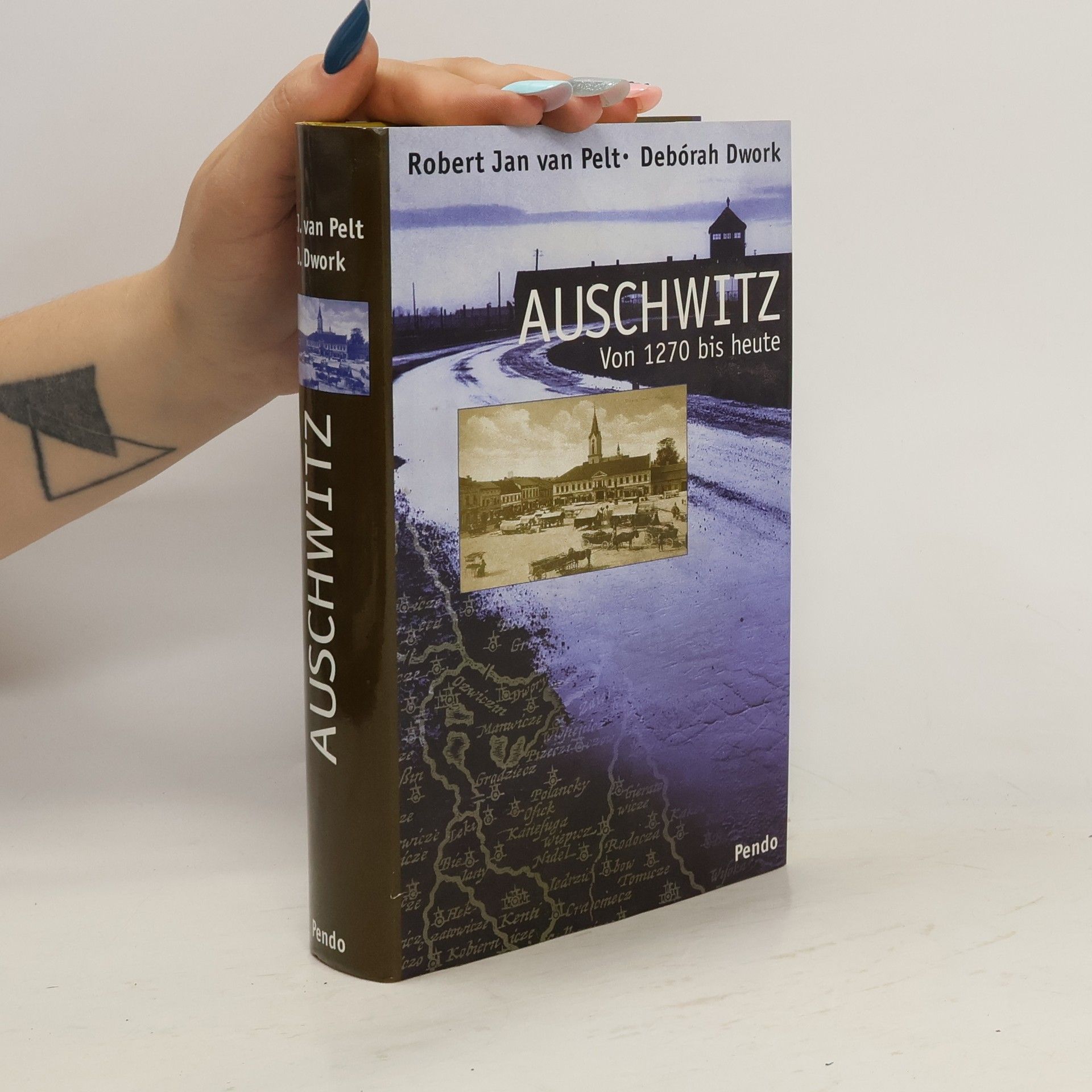"The Barrack, 1572-1914" explores the history of barracks, often viewed with suspicion, from their origins in the late 16th century to 1914. This illustrated work highlights their evolution from temporary shelters to significant structures for military and civilian use, shaping modern political landscapes. Over 250 images showcase their design and construction innovations.
Robert Jan van Pelt Boeken
Pelt is een toonaangevend academisch expert op het gebied van de planning en constructie van naziconcentratiekampen. Zijn onderzoek duikt in de verontrustende details van deze locaties en biedt diepgaande inzichten in de mechanismen van de Holocaust.




How Beautiful Are Your Dwelling Places, Jacob
An Atlas of Jewish Space and a Synagogue for Babyn Yar
On September 29 and 30, 1941, more than 33,000 Jewish men, women, and children were murdered in Babyn Yar, a ravine in the Ukrainian capital Kiev. This event constituted the largest single massacre perpetrated by German troops against Jews during World War II. In commemoration, and as an affirmation of a Jewish future, a synagogue designed in the shape of an oversized Jewish prayer book was inaugurated on the same site in May 2021. When opened, the book building's inner space and its furnishings unfold. This impressive movable structure was conceived by architect Manuel Herz and is decorated with murals by Ukrainian artist Galina Andrusenko. The Babyn Yar synagogue's design is rooted in a meditation on Judaism's 3000-year old history. The leitmotif of this consideration, undertaken by historian Robert Jan van Pelt and artist Mark Podwal, is the concept of Jewish Space understood in its territorial, architectural, psychological, theological, intellectual dimensions. It traverses a historical landscape that includes great heights of spiritual aspiration and profound depths of despair, caused by antisemitism and the persecution, massacres, and genocide that resulted from it. The first volume of this lavishly illustrated and thought-provoking book, An Atlas of Jewish Space, offers 134 brief and engaging texts by Robert Jan van Pelt, each of which is illuminated with a drawing by Mark Podwal. The second volume, A Synagogue for Babyn Yar, documents the new building through photographs by celebrated architectural photographer Iwan Baan, as well as through plans and model photos. The images are supplemented with texts by Manuel Herz, Galina Andrusenko, Jean-Louis Cohen, and Marina Otero Verzier and Nick Axel
Memory Unearthed
- 240bladzijden
- 9 uur lezen
Emotionally resonant photographs of everyday life in the Jewish Lodz Ghetto taken during WWII
Der Name Auschwitz ist wie kein anderer zum Synonym für die Ermordung der europäischen Juden geworden. Debórah Dwork und Robert Jan van Pelt verfolgen im ersten Teil des Buches die Geschichte der 1270 gegründeten Stadt. Im zweiten Teil werden Entstehung und Expansion des Lagers sowie Organisation und Durchführung der Judenvernichtung dokumentiert. In diesem grundlegenden Standardwerk widerlegen die Autoren selbst den letzten Zweifel an der grauenhaften Realität des Holocaust ein für allemal.